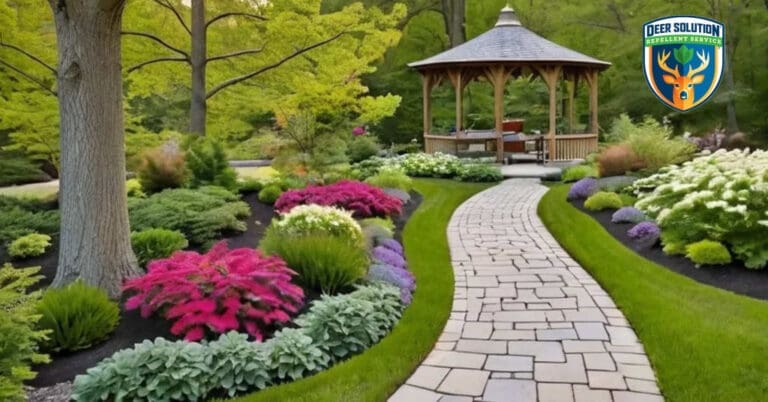Gray Dogwoods (Cornus racemosa) are a popular choice among gardeners, valued for their striking appearance and ecological benefits. These shrubs, with their attractive white flowers in spring and vibrant red stems in winter, add year-round interest to any landscape. However, a common concern among property owners is whether deer are likely to browse on these plants. Understanding the relationship between deer and Gray Dogwoods can help you better manage your garden and maintain its vitality.
Why Gray Dogwoods Are a Gardener’s Favorite
Gray Dogwoods are prized for their aesthetic appeal and environmental contributions. These shrubs provide crucial habitat and food sources for birds and beneficial insects, enhancing biodiversity in your garden. Their adaptability to various soil types and climatic conditions makes them a versatile option for different gardening situations. Whether you’re looking to create a natural hedge or add texture to your landscape, Gray Dogwoods offer a resilient and visually pleasing solution.
Gray Dogwoods and Deer: What You Need to Know
Deer are known to be opportunistic feeders, consuming a wide variety of plants depending on availability and hunger levels. While Gray Dogwoods are not typically a preferred food source for deer, their appealing foliage and berries can sometimes attract these animals, especially in areas where other food sources are scarce. Factors such as regional deer behavior, the presence of alternative food sources, and seasonal changes can all influence the likelihood of deer browsing on your Gray Dogwoods.
Caring for Your Gray Dogwoods to Support Healthy Growth
Maintaining the health and vigor of your Gray Dogwoods can help them thrive in your garden. Here are some practical tips for caring for these shrubs:
- Planting Tips: Gray Dogwoods thrive in well-drained soil and can tolerate a range of light conditions, from full sun to partial shade. Ensure they have enough space to grow and spread, as overcrowding can lead to competition for nutrients and water.
- Pruning and Maintenance: Regular pruning helps promote healthy growth and prevents the shrub from becoming too dense. Prune in late winter or early spring before new growth begins to maintain its shape and remove any dead or damaged branches.
- Watering and Fertilizing: While Gray Dogwoods are relatively low-maintenance, they benefit from consistent watering, especially during dry spells. Mulching around the base of the shrub can help retain moisture and regulate soil temperature. Additionally, applying a balanced fertilizer in early spring can support robust growth throughout the growing season.
When to Consider Expert Guidance
While maintaining a healthy garden can be rewarding, there are times when professional guidance can make all the difference. Consulting with experts can provide you with tailored advice that considers the specific needs of your landscape. Deer Solution offers specialized services that not only focus on eco-friendly deer management but also support the overall health of your garden. Their team’s extensive experience can help you cultivate a thriving, resilient landscape that stands up to the challenges posed by local wildlife.
Understanding the interaction between deer and Gray Dogwoods is essential for maintaining a vibrant garden. By focusing on proper care and considering professional support when needed, you can enjoy the beauty of these shrubs year-round. Deer Solution’s expertise in eco-friendly gardening practices can be a valuable resource in ensuring your garden remains a flourishing and sustainable haven.








